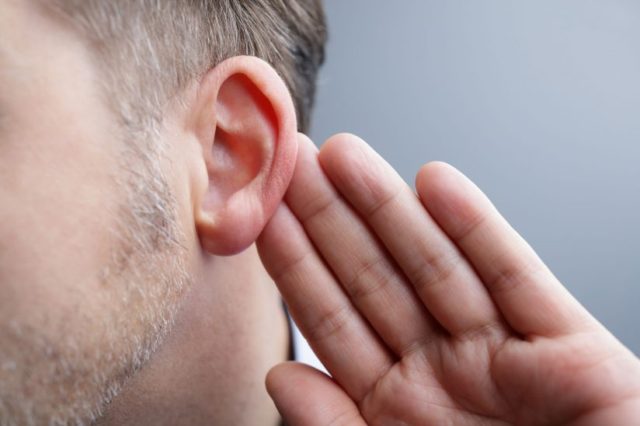We hear loss, deafness, or hearing impairment cause speech and language difficulties in children, leading to below-average school performance. We explain the treatments that can remedy it.
Hearing loss, deafness, or hearing impairment is a sensory disorder that is the inability to hear sounds, which hinders the development of speech, language, and communication. One in 300 children is born with a hearing impairment. One in 1,000 with profound bilateral deafness, 74% of children with language delay have hearing loss. Many children with psychomotor retardation and behavioral disturbances have mild hearing loss that has not been diagnosed.
Types of hearing loss
The severity of hearing loss depends on three main factors: the intensity of the hearing loss, the injury’s location, and the timing of the injury.
Hearing loss can appear both in the prenatal and postnatal periods of life and up to late adolescence. Depending on when the hearing loss occurs, hearing loss can be:
- Prelingual (if it appears before learning to speak).
- Post-lingual (after learning to speak).
- Perilocutive (when learning to speak).
According to the location of the lesion, hearing loss can be transmitted (or conductive) or perceptual (or sensorineural), the latter being the most serious:
In transmission hearing loss, the mechanical part of the ear (outer and middle ear) is affected due to pathologies located in the outer and middle ear, different forms of otitis media and its sequelae, eardrum sclerosis, stapedial otosclerosis, trauma, and congenital malformations of the outer and middle ear.
The hearing loss perception affects the inner ear or the auditory nerve that transmits sound to the brain; they frequently appear associated with the middle ear’s pathologies, giving rise to mixed hearing loss. Depending on its cause, perceptual hearing loss can appear progressively or suddenly, affect one or both ears, and appear in a pre or postnatal life period.
According to the intensity of hearing loss, hearing loss can be classified into:
- Light: with a loss of 20-40 dB, it is characterized by the difficulty of hearing distant conversations or noisy surroundings.
- Medium: with a loss of 40-70 dB; It is characterized by the difficulty to participate in conversations.
- Severe: a loss of 70-90 dB; they can only hear conversations very loud and less than 30 cm.
- Deep: a loss greater than 90 dB, they can only hear some very loud ambient sounds.
Causes of hearing loss
The infant hearing loss may occur in the immediate period after birth, caused by prenatal or perinatal agents, or the period between two and four years of age due to several local infectious agents that cause otitis media.
In adults, hearing loss or deafness is associated with aging and occupational hearing losses due to continued exposure to loud noise.
Prenatal causes of hearing loss
The hearing loss prenatal character, both transmission and perception may be genetic or acquired. Approximately 40% of prenatal hearing loss is of genetic origin, with the time of clinical onset of hearing loss being the period between birth and adolescence.
The factors that can cause prenatal hearing loss of acquired origin are ototoxic substances, infectious agents, radiation, and maternal gestational pathology. This group of factors constitutes 50-60% of prenatal hearing loss.
Perinatal causes of hearing loss
Several risk factors can cause hearing impairment, such as a family history of congenital or progressive hearing loss in childhood, infection during the gestational period, premature birth, craniofacial malformations, weighing less than 1,500g, hyperbilirubinemia, ototoxic medications, bacterial meningitis, mechanical ventilation for at least five days, maternal toxic habits, and fetal distress during birth.
Postnatal causes of hearing loss
This group includes hearing loss of acquired origin and onset after the neonatal period (first 28 days of life). Factors that can cause hearing loss include head trauma, tumors, meningitis, encephalitis, ear infections, rubella, and mumps.








